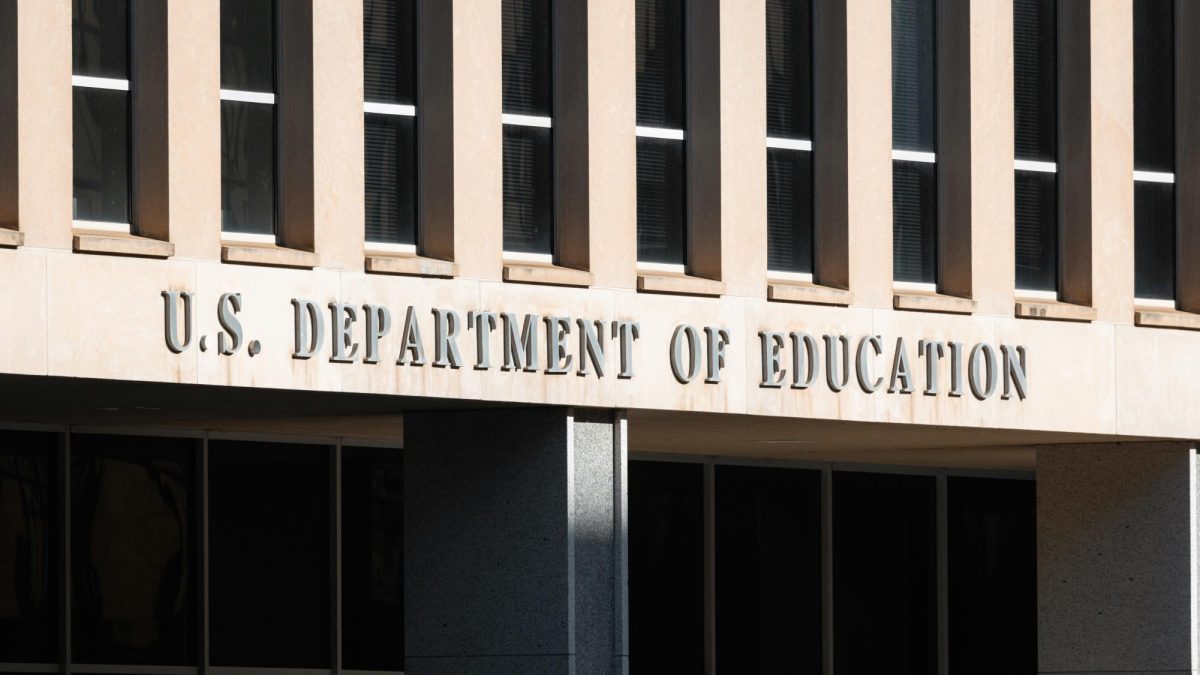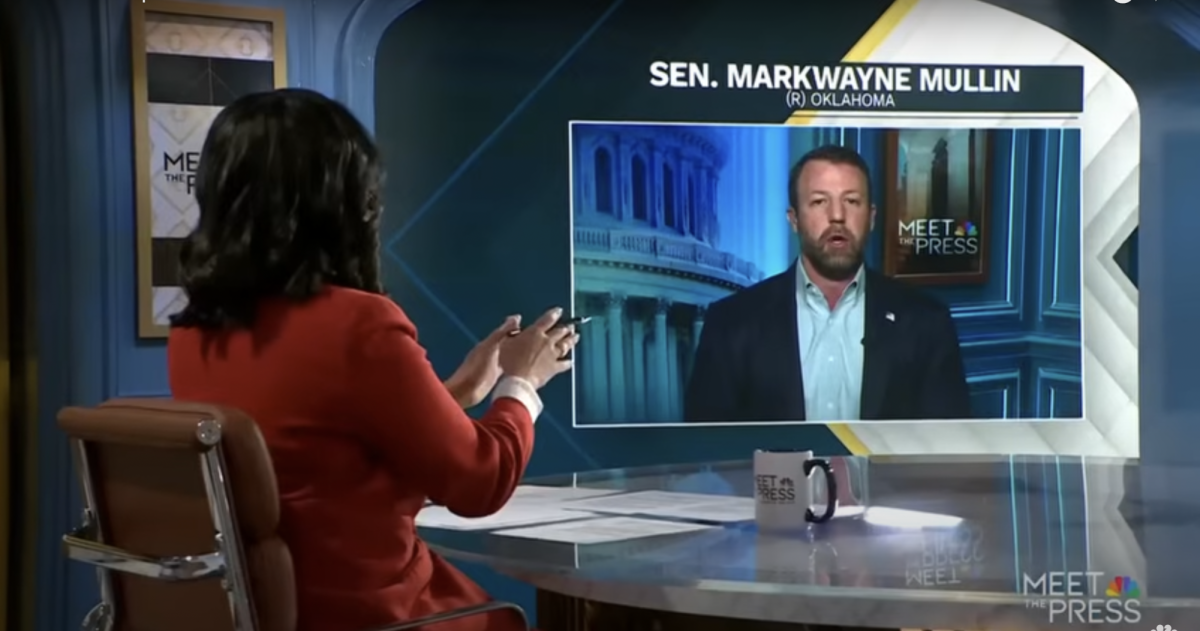WASHINGTON – Oklahoma schools are preparing for the potential dismantling of the U.S. Department of Education and the effects that could have on special needs students.
In March, President Trump signed an executive order pushing for the dismantling of the U.S. Department of Education. While there is not a timeline for when this could happen, schools are worrying about the implications that could have on their schools, students and teachers.
Schools across the state rely on federal programs to help support the children who require more resources. That can include extra tutoring hours, free and reduced-price lunches and individualized education programs, or IEPs. The Every Student Succeeds Act (ESSA) mandates and helps provide such resources for every state.
With over 1,000 special needs students the Muskogee Public Schools would be hard-pressed to find the money to serve its district according to Jared Medenhall, the eastern Oklahoma district’s superintendent.
“We have 20% of our student population that are served through individual education plans… so our special education population is quite large, and we basically utilize those funds to hire staff and do any type of transportation or any type of services that we need to provide for those students to be in school and have success,” he said.
Special Education is pertinent in many schools. Parents and faculty alike worry about how their students will be impacted if funding for these programs is cut or reduced.
“I feel that my child would not be able to get the support he is currently given according to his IEP if funding is reduced,” said Allison Collins, a parent and teacher at Tahlequah Public Schools. “I fear that school districts will not have the funds for as many special education teachers, therefore; he would not receive the specialized attention that he needs to be successful and graduate from high school.”
Almost all of the state’s school superintendents say staff and service cuts are the only way they would be able to balance their budgets.
“If we did not receive federal funds, it would have a negative impact on academic outcomes here, because of the way we use our federal funds,” said Raymond Rice, superintendent of Velma-Alma Public Schools, a rural school district in Southern Oklahoma.
According to Rice, the Velma-Alma school district uses federal funds to provide “supplemental curriculum,” as well as technology for the district. The funds are also used to help offset some staff salaries.
Oklahoma State Superintendent Ryan Walters has taken a hard stance on the dismantling of the Department of Education.
In a post on X, Walters said “I look forward to working hand in hand with the Trump Administration to help dismantle the decades of damage the fed govt has inflicted on public education.”
U.S. Sen. Markwayne Mullin, who is a member of the Health, Education, Labor and Pensions, or HELP, committee, has also been vocal about his support.
“By dismantling the Department of Education, we will return power to where it belongs: states, parents, and teachers,” Mullin, a Republican, wrote in a press release. “With President Trump’s leadership, we’re not just reforming education – we’re reclaiming it. The future of our children, and our nation depends on it.”
Even if the Department of Education is dismantled, that does not automatically mean it will be defunded. Money could be reallocated to the states, allowing each state to decide where its funds go.
“I am nervous about dismantling the Department of Ed equating to the dismantling of federal funding,” said Lydia Wilson, superintendent in Bixby, a Tulsa suburb. “Currently the most vulnerable of our student populations are the ones most at risk of losing services or protections.”
A concern across the state is the potential impact on high-risk students.
“Bixby is a well-resourced community. That does not mean we don’t have kids with needs, because we do. Lots of them. Some of them are economically disadvantaged, and some of them have other needs. We need to meet those needs, and anything that dismantles the funding or the resources for the support, or the guidance, or the protection of serving kids with high needs is a concern,” said Wilson.
Schools across the state have implemented technology in their education plans, but many students do not have the access required outside the classroom to keep up with the changes.
“All of our students have Chromebooks,” said Mendenhall. “But, we’re finding more and more needing some type of hotspot or internet connection to be able to do their schoolwork.”
Oklahoma already battles a teacher shortage, and administrators say that could only be exacerbated with the loss of federal funding.
In Muskogee, about 90% of the $50 million budget is allocated for personnel. Losing the $8 million in federal funding the district now receives would mean cutting 40-45 staff members.
“We looked at all of that just to see what it would look like for us, and it was pretty devastating,” said Mendenhall.
District leaders say staffing every classroom continues to be a priority.
“We’re going to focus on hiring the very best educators that we can come up with, and that’s a real challenge, because there just isn’t very many of them out there for us to select from,” said Rice.
Gaylord News is a reporting project of the University of Oklahoma Gaylord College of Journalism and Mass Communication. For more stories by Gaylord News go to gaylordnews.net.














